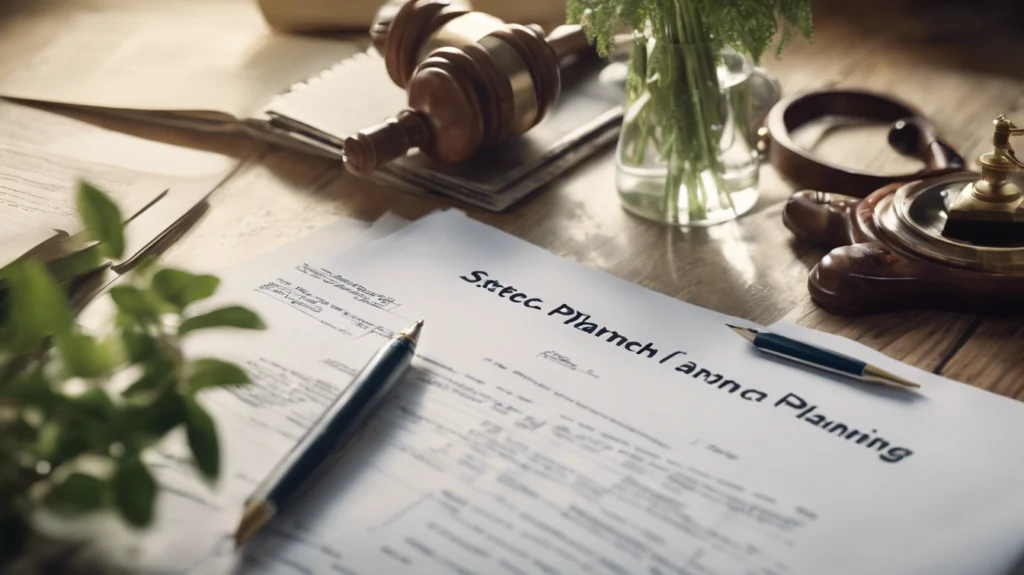The Stretch IRA: A Simple Yet Powerful Estate Planning Tool
Estate planning is a critical process that allows individuals to protect their assets and ensure that their wealth is passed on to their loved ones. One of the most effective tools in New York estate planning, particularly for retirement assets, is the Stretch IRA. This unique planning strategy allows for the continued growth of inherited Individual Retirement Accounts (IRAs) while minimizing the tax burden on beneficiaries. Although recent changes in federal law have altered how Stretch IRAs function, they remain a vital component of a well-thought-out estate plan.
This article will explore what a Stretch IRA is, how it has changed in recent years, and why it remains a powerful tool in estate planning for New York residents.
What Is a Stretch IRA?
A Stretch IRA is a financial strategy that allows a beneficiary of an inherited IRA to extend the required minimum distributions (RMDs) over their lifetime, allowing the funds to grow tax-deferred for an extended period. While the original concept of the Stretch IRA has evolved, the basic idea remains the same: enabling beneficiaries to take advantage of continued tax-deferred growth.
Historically, beneficiaries could “stretch” the distributions from an inherited IRA over their own life expectancy. This strategy allowed younger beneficiaries, such as children or grandchildren, to take smaller RMDs each year, preserving the bulk of the assets in the IRA and allowing them to grow tax-deferred for many years. The result was a powerful wealth-building tool that could span multiple generations.
Changes to the Stretch IRA: The SECURE Act
The Setting Every Community Up for Retirement Enhancement (SECURE) Act, passed in 2019, made significant changes to how Stretch IRAs work. Under the new rules, most non-spouse beneficiaries are now required to withdraw the entire balance of an inherited IRA within 10 years of the original owner’s death. This 10-year rule replaces the lifetime “stretch” option for most beneficiaries.
While this change has reduced the long-term benefits of the Stretch IRA, it still provides an opportunity for tax-deferred growth over a decade. For many families, particularly those with younger beneficiaries, the Stretch IRA remains a valuable tool in estate planning, as the tax-deferred growth during the 10-year period can still result in substantial asset accumulation.
Who Can Benefit from a Stretch IRA?
While the SECURE Act limits the use of Stretch IRAs, certain beneficiaries can still take advantage of the old rules. These beneficiaries, referred to as “eligible designated beneficiaries,” include:
- Surviving spouses
- Minor children (until they reach the age of majority)
- Disabled or chronically ill individuals
- Beneficiaries who are less than 10 years younger than the original IRA owner
For these eligible beneficiaries, the option to stretch distributions over their lifetime remains available. This can provide significant tax advantages by allowing the assets in the IRA to grow tax-deferred for a longer period.
Example: Stretch IRA for a Surviving Spouse
Imagine a New York resident leaves a $500,000 IRA to their spouse. Under the SECURE Act, the spouse can stretch the RMDs over their remaining life expectancy, allowing the assets to continue growing tax-deferred. This strategy not only minimizes the immediate tax impact on the spouse but also ensures that the bulk of the IRA can continue to grow, preserving wealth for future generations.
The 10-Year Rule: Opportunities for Tax Planning
For most non-spouse beneficiaries, the 10-year rule imposed by the SECURE Act requires careful tax planning. Because the entire balance of the IRA must be distributed within 10 years, beneficiaries should work with an estate planning attorney or financial advisor to determine the best strategy for taking distributions in a tax-efficient manner.
Strategies to Maximize the 10-Year Rule
Even with the 10-year limitation, there are ways to maximize the benefits of an inherited IRA. Some strategies include:
- Delaying withdrawals: Since the 10-year rule does not require annual distributions, beneficiaries may choose to leave the assets in the IRA for the full 10 years, allowing for maximum tax-deferred growth before taking distributions in the final year.
- Spreading distributions: Alternatively, beneficiaries may choose to spread the distributions evenly over the 10 years, minimizing the potential for a large tax bill in any given year.
- Considering tax brackets: Beneficiaries should also consider their tax brackets when planning distributions. Taking larger distributions in years when their income is lower may result in significant tax savings.
By working with a New York estate planning attorney or financial planner, beneficiaries can develop a personalized strategy to minimize taxes and maximize the benefits of the 10-year rule.
Incorporating a Stretch IRA into Your New York Estate Plan
For New York residents, incorporating a Stretch IRA into an estate plan can provide significant tax advantages and ensure the continued growth of retirement assets for future generations. While the SECURE Act has limited some of the benefits of Stretch IRAs, careful planning can still yield substantial benefits for beneficiaries.
When considering a Stretch IRA as part of your estate plan, it’s important to review your beneficiary designations. Keep in mind that the SECURE Act only applies to IRAs that are inherited by non-spouse beneficiaries. If you are married, leaving your IRA to your spouse allows them to stretch the distributions over their lifetime. However, if you plan to leave your IRA to children or grandchildren, they will be subject to the 10-year rule.
Tips for Incorporating a Stretch IRA in Your Estate Plan
- Review your beneficiary designations regularly to ensure they align with your estate planning goals.
- Consider working with a financial planner to assess the potential tax impact on your beneficiaries.
- If you plan to leave your IRA to non-spouse beneficiaries, discuss strategies with your estate planning attorney to maximize the benefits of the 10-year rule.
- Explore other estate planning tools, such as trusts, to protect and manage inherited assets effectively.
Trusts and the Stretch IRA
In some cases, establishing a trust to manage an inherited IRA can provide additional benefits, particularly for beneficiaries who may not be financially responsible or who may face significant tax consequences from receiving a large inheritance. By incorporating a trust into your estate plan, you can control the distribution of assets and ensure that they are used for the intended purposes.
However, it’s essential to work with an experienced New York estate planning attorney when incorporating a trust into your estate plan, as there are specific rules governing how IRAs are treated when placed in a trust. Proper planning and drafting of the trust are critical to ensure compliance with both federal and state laws.
Conclusion
The Stretch IRA remains a valuable estate planning tool, even with the limitations imposed by the SECURE Act. For New York residents looking to protect their retirement assets and maximize tax benefits for future generations, incorporating a Stretch IRA into their estate plan is a wise decision. With the help of a knowledgeable estate planning attorney, you can navigate the complexities of the SECURE Act, create a tax-efficient strategy for your beneficiaries, and ensure that your wealth is preserved for years to come.









